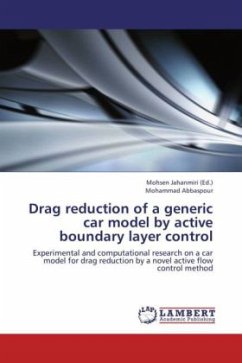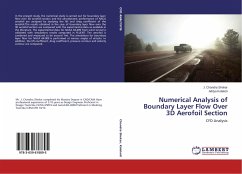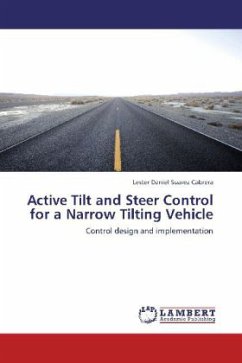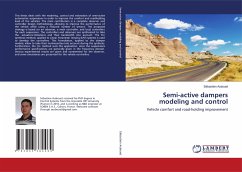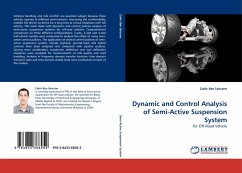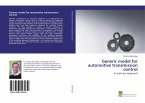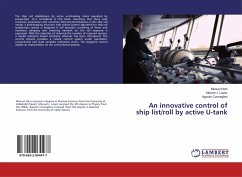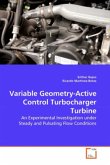The present work investigates the effects of two active boundary layer control methods boundary layer suction and blowing- on drag reduction. This study has been carried out through wind tunnel testing and also computational fluid dynamics as follows: first, boundary layer suction on the rear slant of a generic car model Ahmed model is applied and its effects are studied. Then, an air flow with the same rate as suction flow is blown into the wake region of the model, simultaneously. Moreover, the effect of change in suction and blowing flow rate and also change in the suction and blowing area on aerodynamic drag reduction are investigated. The results show that application of the flow suction at the beginning of the rear slant of the model reduces the drag. Furthermore, the simultaneous application of suction at the rear slant and blowing at the wake region improves the performance of flow control in comparison with the case solely with suction. It is also observed that for a constant rate of blowing flow, bigger blowing area leads to more reduction in the drag. This work is carried out by M. Abbaspour under supervision of Dr. M. Jahanmiri at Shiraz University of Technology.
Bitte wählen Sie Ihr Anliegen aus.
Rechnungen
Retourenschein anfordern
Bestellstatus
Storno

